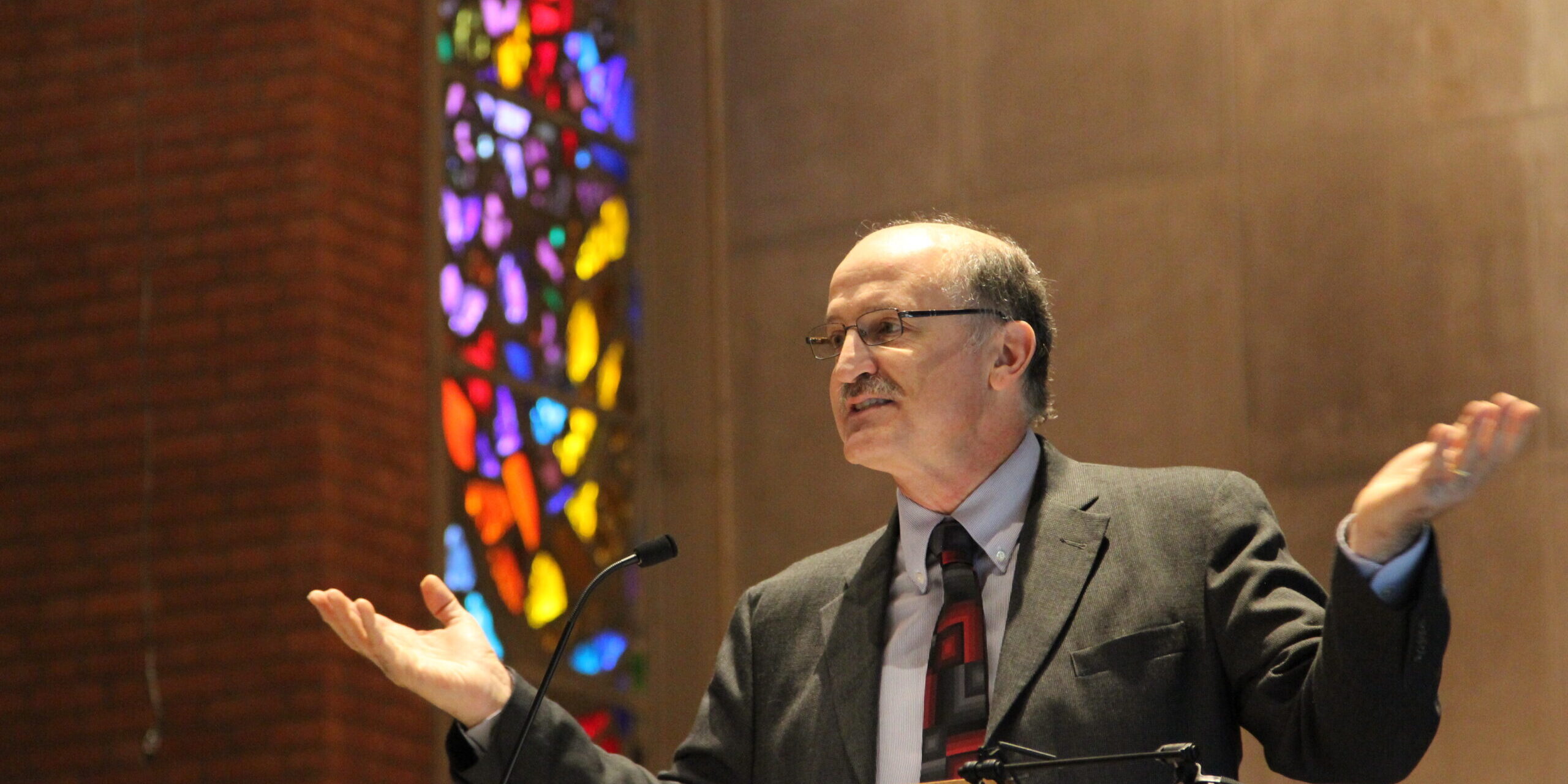WASHINGTON, DC — The Lewis Center for Church Leadership of Wesley Theological Seminary has launched an initiative to study the makeup of the religious workforce across Christian traditions in the U.S. Research will focus on the changing staffing patterns of congregations and shifts in the employment of ordained clergy and nonordained professionals within local churches, denominations and other faith-based ministries.
Throughout the project, the Lewis Center will be engaging various thought leaders across faith traditions and will be identifying strategies for more effective ministry. This information will be distributed to a wide audience to help strengthen the quality of religious life and congregational vitality.
Wesley President David McAllister-Wilson says, “There are reasons to suspect that the staffing patterns of congregations are changing, driven primarily by economics and the changing nature of work across many sectors in the country. This initiative will help us understand these patterns and discern whether they are temporary or long-term.”
“Much of the existing data on the religious workforce has never been pulled together in a comprehensive manner,” says Lewis Center Director F. Douglas Powe, Jr. “The Religious Workforce Project will provide us a better picture of the nature, makeup, and roles of this workforce within and across traditions over time to help guide congregations in the future.” For the purpose of the study, he adds, “religious workforce” refers to those who are employed and deployed by congregations for the furtherance of their mission. This includes ordained and non-ordained, full and part-time, and paid and unpaid. The project will draw upon the extensive body of data from a range of researchers and agencies, along with original research, to paint a comprehensive picture of the nation’s religious workforce.
A central goal of the Religious Workforce Project is to provide religious leaders with comprehensive, reliable information about the changing religious workforce so they can recruit and support the clergy and lay employees that churches need now and into the future. The Religious Workforce Project is made possible by a generous three-year, $2 million grant from Lilly Endowment Inc.
The Religious Workforce Project will:
- Describe the makeup of the religious workforce across Christian traditions in the U.S., ensuring that a broad range of theological, denominational, and racial and ethnic diversity is represented, including congregations not typically captured in denominational studies.
- Identify trends related to full- and part-time clergy and bi-vocational clergy.
- Track age, race, and gender changes among clergy.
- Document factors involved in the increase in lay staff and deployment of lay staff.
- Explore the expanded use of persons in pastoral roles who are not ordained by their denominations.
- Explore the nature of pastors’ paths to ministry as well as their formation and education for pastoral leadership.
- Determine how formation for ministry matches the daily practices of ministry.
- Document the changing economic realities of congregations and their impact on the religious workforce to determine what part of the change is from congregations in decline and what part comes from the expansion of their staffing beyond the pastor.
“We expect that a more detailed picture of the U.S. religious workforce than previously available will be of interest to many audiences,” says Powe.
To keep all parties aware of the progression of the study, the Lewis Center plans to develop a website that will provide background information and progress updates.
When the project is complete, it will provide reliable data about the religious workforce on many levels, from the overall U.S. religious workforce to narrower units including broad Christian traditions, denominations, independence churches, and racial and ethnic minority congregations.



